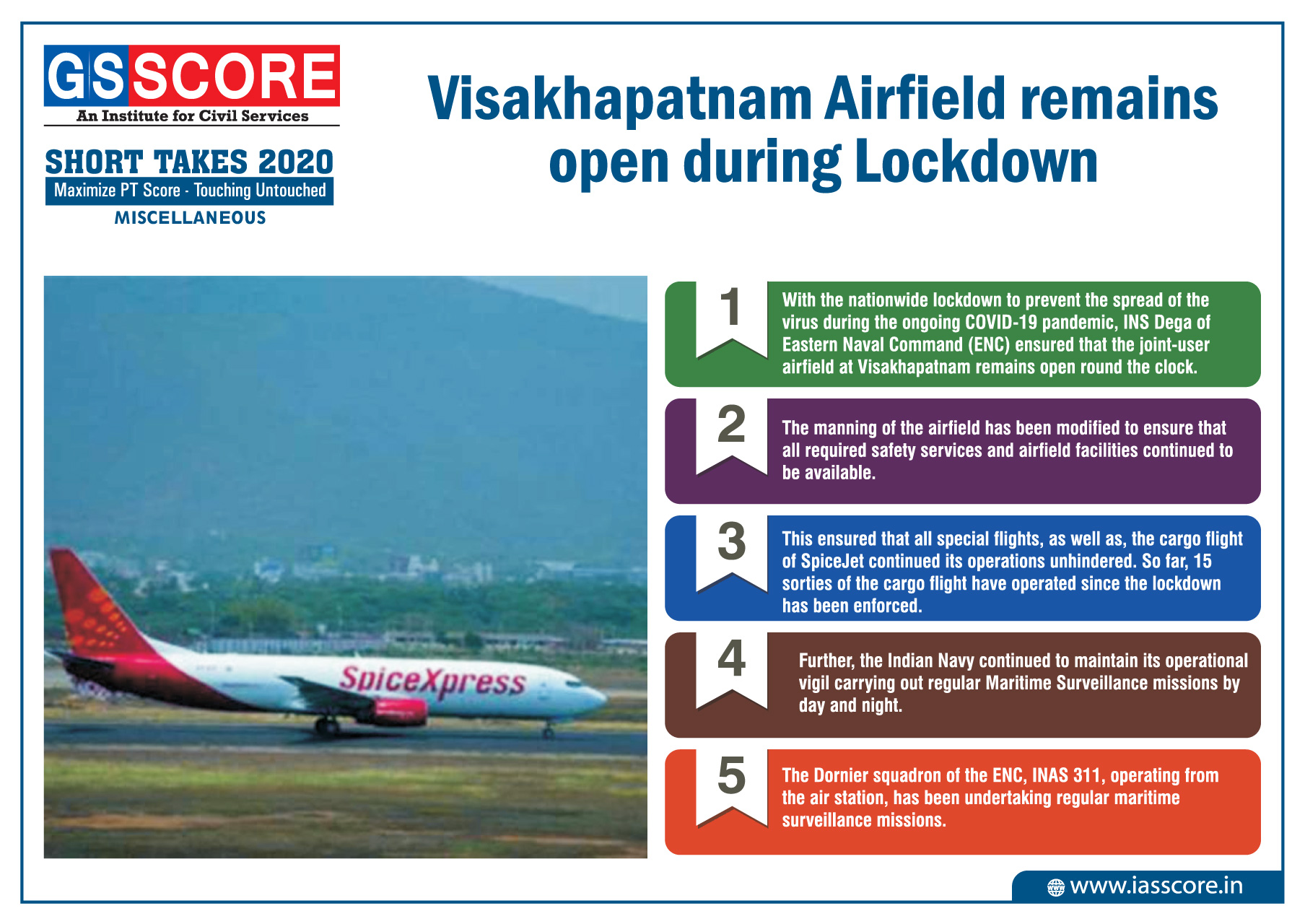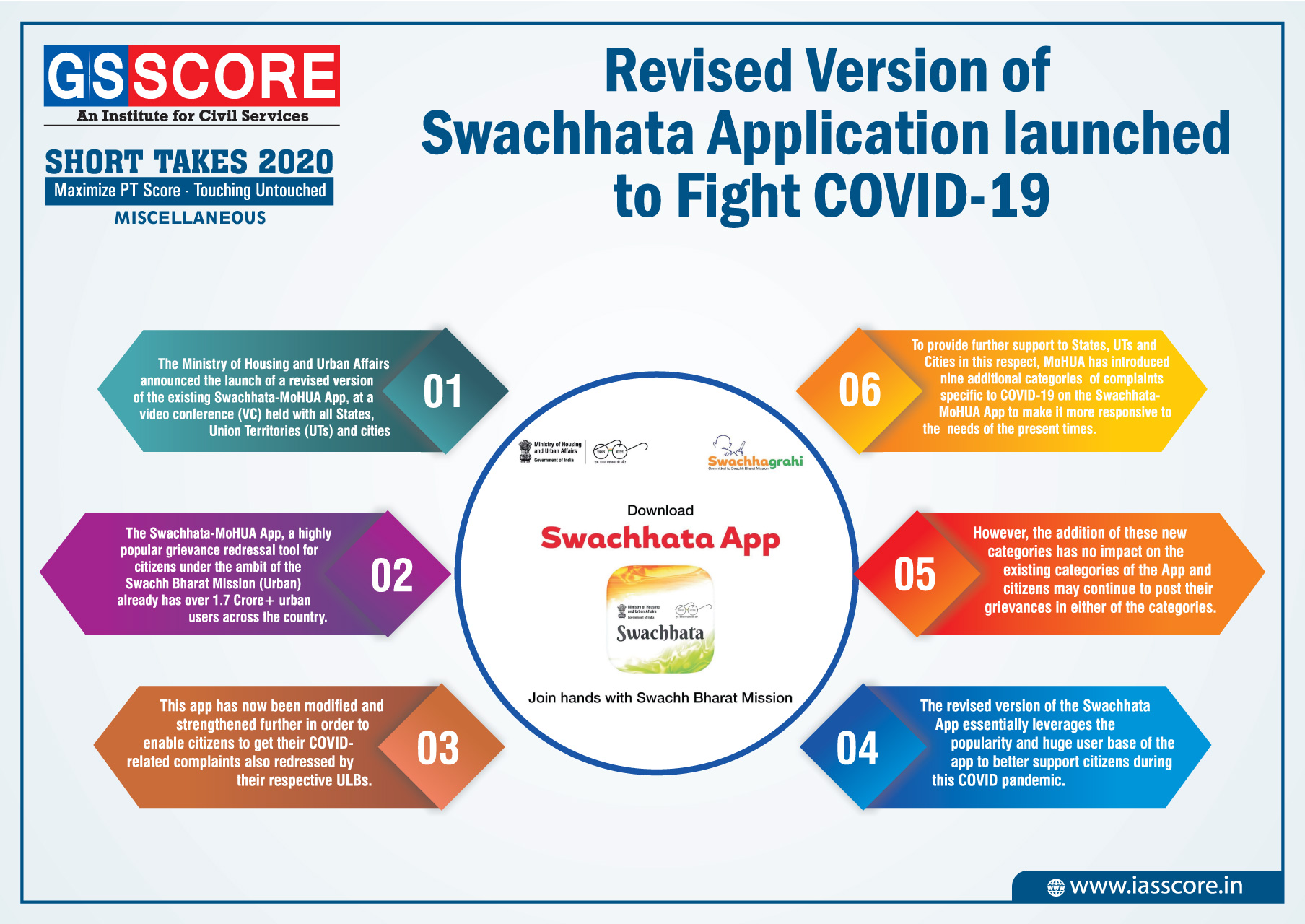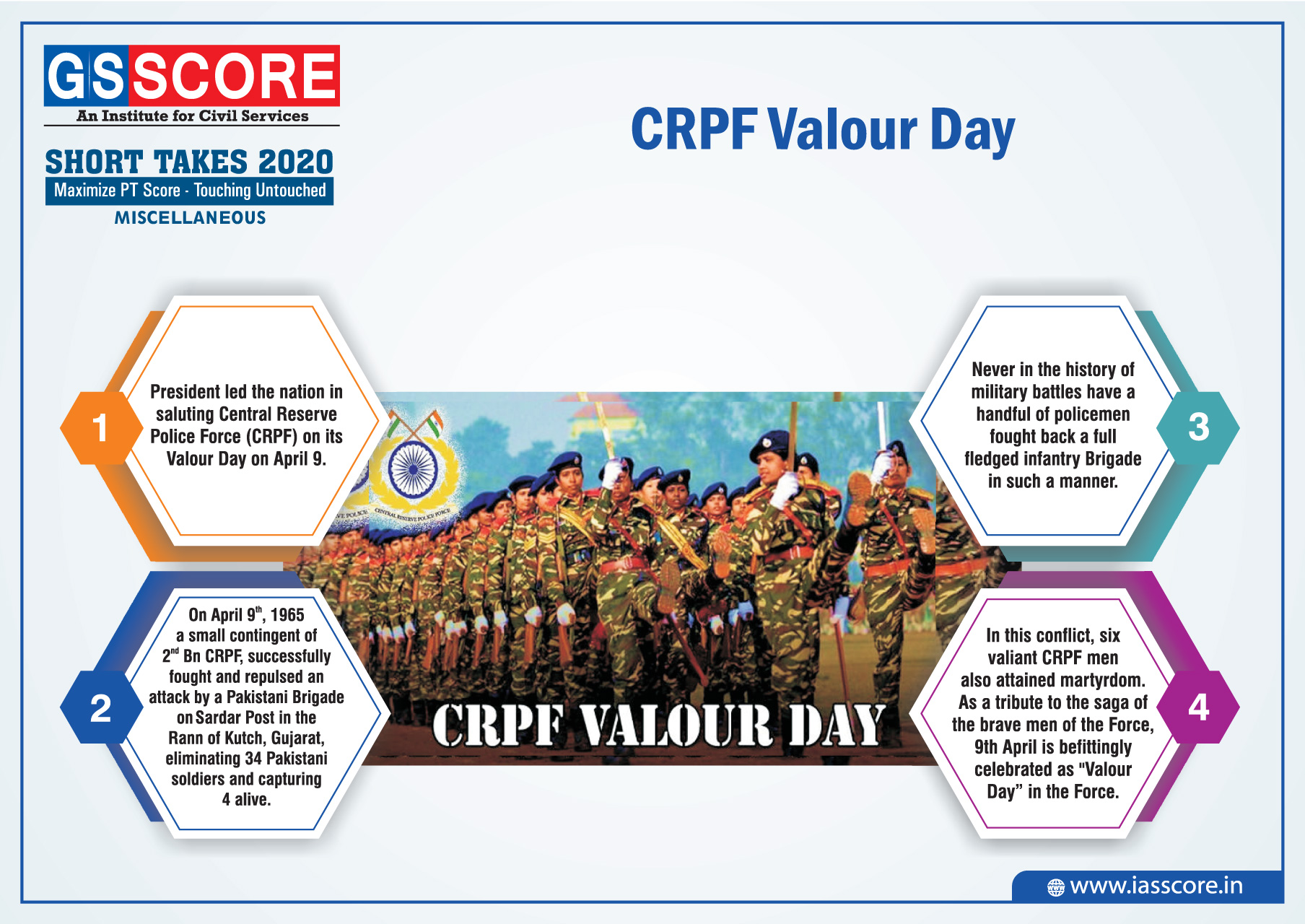History: Towards Freedom and Partition
Towards Freedom and Partition
- The period from 1939 to 1945 witnessed the Second World War that had a devastating effect on humanity. Coming to India, it was a prelude to the declaration of Indian independence and partition of India into India and Pakistan on communal grounds.
- This period brought to light primarily the fragile nature of the mosaic of Indian society and polity wherein the internal squabbles of the Congress organization surfaced openly defying the existing traditions in the form of conflict between Subhas Chandra Bose and Gandhi, and the sharpened teeth of extreme communalism hardened the Muslim League to opt for their desired sacred land of Pakistan.
- Further, as an indirect effect of the Second World War, the condition of the common people became extremely worse due to the soaring of prices of necessities in addition to the devastating famines.
- Unrest of labour and the peasants dominated the Indian scenario. Lord Linlithgow was the Governor General of India between 1936-1944 and he was followed by Lord Wavel, who was the Governor General till 1947. Thus when the Second World War started in 1939, Linlithgow was the Governor General and when the Second World War ended in 1945, Wavel was the Governor General. Before the war started, the Indian National Congress formed ministries with absolute majority in Madras, Bihar, Orissa, central provinces and united provinces and with a near majority in Bombay in 1937.
- The relations between the Muslim League and the Congress were so strained that Jinnah denounced ‘congress fascism’ in the Patna session of the League in 1938. Thus, throughout the 27 months of the Congress rule in provinces, the League continued its intense vicious propaganda against the Congress and by March 1940, the League adopted the ‘Pakistan resolution’, in spite of a compromise made by Congress working committee in 1937 to drop the closing stanzas of the Vandemataram recognizing the validity of the criticism of the League and the Muslim community.
- Hindu communalism championed by the Hindu Mahasabha also raised its voice against what it considered to be anti-Hindu sentiment and in 1938 V.D. Savarkar declared in the Nagpur session that we Hindus are a nation by ourselves, Hindu nationalists should not at all be apologetic to being called Hindu communalists. Thus, communal divide began to take deep roots in this period due to the, growth of militancy among the Hindus and the Muslims.
- During this period, the Congress ministries tried to implement Gandhian socio-economic reforms, yet Ambedkar and Jinnah joined together and celebrated ‘the day of deliverance’ when the Congress ministries resigned in 1939.
- Interestingly during this period only, there developed a honeymoon of durable alliance between the capitalists of India and the Congress as observed by Claude Markovitz and Sumit Sarkar. Besides communal militancy, the militancy of labour and Kisans become dominant between 1937-1939.
- During this period only, states Peoples’ Movement strengthened in many princely states. The Left wing ideology also became a dominant force and tried to persuade the Congress leadership to adopt a more sympathetic attitude towards trade unions and Kisan Sabhas and to give open support to states people’s movements.
- In such a bewildered maze, the Tripuri crisis or open conflict between Subhas Chandra Bose and Gandhi followers openly erupted, signifying opposition to the Gandhian policy of non-violence. Bose’s action was not liked by Gandhi camp and Bose was debarred from holding any office. In such a situation, Linlithgow, the then Governor General, unilaterally associated India with the declaration of joining the Second World War against Germany on 3 September, 1939. Linlithgow never bothered to consult the leaders of the Congress ministries. Dissatisfied by the unilateral action of Linlithgow, the Congress ministries resigned on 29-30 October, 1939.
- The six-year period of war has been divided into two phases. The first phase was from 1939 to 1942 and the second phase 1942 to 1945. In the beginning it was felt that the war would affect very little of India and Indians but the collapse of France and the isolation of Britain caused a general feeling of anxiety and the success of Britain won the admiration of the Indians. The delay of granting dominion status until after the war created sourness and suspicion in the minds of the Indians. Gandhi very generously declared in 1940, ‘we do not seek independence out of Britain’s ruins’. Sensing the mood of the Indians, the government announced the August offer of 1940.
- In this offer, Linlithgow assured the Muslims that complete protection would be provided to them in case of any settlement taking place between Britain and India. The August offer held out the promise of dominion status for India with the assurance that after the end of the war a representative body would be set up to devise a framework of the new constitution. This offer of August 1940 was rejected by the Congress as well as the Muslim League.
- After rejecting the August offer, the Congress launched individual civil disobedience movement in which nearly 25,000 Satyagrahis courted arrest. In the midst of this civil disobedience movement, the Viceroy expanded the council and constituted a National Defence Council with 50 members belonging to provinces and princely states. In 1941 Japan and America entered the war.
- In 1942 on March 11, the British government announced the dispatch of Sir Stafford Cripps with proposals to India. This offer caused great excitement in India and everyone looked with great expectation for the arrival of the Cripps Mission.
- The appointment of the Mission was the result of the intervention of the American President Roosevelt with Churchill and also because of request of Sapru and Jayakar. Even Chang Kai Shek during his visit to India expressed sympathy for India’s aspiration for freedom. Cripps persuaded the war cabinet to agree to his draft proposals. In this draft proposal he promised post-war dominion status with right of secession, a constitution making body elected by provincial legislatures, with individual provinces being given the right not to join it, and with states being invited to appoint representatives. Finally, Cripps proposals were rejected by the Congress and other sections.
- Gandhi launched Quit India movement which was opposed by the League. Even before the Quit India movement was formally launched, in the early hours of 9, August, the British government arrested all the worthwhile leaders of the movement. Strangely, Rajaji and the communists viewed that there should be an understanding with the League by agreeing to the right of the majority of Muslim provinces to secede through plebiscite after India becomes independent. Keeping aside these views, Nehru moved the resolution of Quit India movement which the communists opposed.
- Britain tried to win the world opinion by painting India as a ‘fifth columnist conspirator’ forgetting it– earlier anti-fascist stance. Shifting fortunes of the war also decided the course to be followed by the Congress. By the end of 1942, by brutal suppression the movement was brought under control. Gandhi was kept in jail and was released in 1944. In the meanwhile, the Muslim League made rapid strides and by 1943, it formed ministries in Assam, Sind, Bengal and North Western Frontier provinces. The slogan of Pakistan gained momentum.
- Subhas Chandra Bose, who left India during this period continued his efforts of achieving independence to India by starting Indian Legion in Berlin in 1941. But he left Germany in 1943 by giving his famous call ‘Delhi Chalo’ and formed Azad Hind Government and the Indian National Army on 21 October 1943. Subhas Chandra Bose sought the blessings of Mahatma for all his efforts.
- On July 6, 1944, Subhas Chandra Bose in a broadcast on Azad Hind Radio addressed Gandhi as follows: “India’s last war of independence has begun Father of our nation! In this holy war of India’s liberation we ask for your blessing and good wishes”. Between March and June 1944, the INA was in action on Indian soil which ultimately ended in total failure.
- INA men surrendered to Britain in mid-1945 and became prisoners again. Till even today, we are not certainly sure of what happened to Bose. Some believed that Bose died in an air crash and some really believe that he is still alive. When the British government tried to try the INA men as prisoners of war, there was spontaneous outburst of anger against British in November 1945.
- The Second World War came to an end in 1945 and it was followed by Simla conference in June 1945. Unfortunately, the conference failed to arrive at any consensus due to determined policy of the Muslims and the Hindus.
- As explained above, India passed through a most disturbing phase of agony and crisis due to the rigid stand of contending social and economic groups and the adamancy of the British in satisfying the nationalist aspirations of the Indians. By 1945, the realization of the dream of the Indians to attain independence was only a foot away with a certainty of the unhappy division of India on communal lines.
Cabinet Mission Plan, 1946:
- The Cabinet Mission had as its members, Pethick Lawarence (Secretary of State for India), Sir Stafford Cripps and A.V. Alexander and reached Delhi on March 24, 1946.
- It had prolonged discussions with Indian leaders of all parties and groups. As the Congress and the League could not come to any agreement on the fundamental issue of the unity or partition of India, the mission put forward its own plan which was issued on May 16, 1946.
The main proposals were:
- Rejection of the League’s demand for a full-fledged Pakistan.
- Grouping of existing provincial Assemblies into three sections. Section A—Madras, Bombay, Central Provinces, United Provinces, Bihar and Orissa, Section B-Punjab, North-West Fronter Province, Sind (Muslim majority provinces) Section C—Bengal and Assam.
- The full autonomy of the provinces and the provisions for grouping were meant to give the Muslim League the ‘substance’ of Pakistan.
- A Constituent Assembly to be elected by Provincial Assemblies by proportional representation (voting in groups-General, Muslims, Sikhs). This Constituent Assembly to be a 389-member body with provincial assemblies sending 292, chief commissioner’s provinces sending 4 and princely states sending 93.
- In the Constituent Assembly, members from groups A, B and C would sit separately to decide the constitution for provinces and if possible for the groups also, then the whole Constituent Assembly would sit together to formulate the Union Constitution.
- There would be a common Centre controlling Defence, Communication and External Affairs.
- Provinces to have full autonomy and residual powers.
- Princely states to be no longer under paramountcy of British government and would be free to enter into an arrangement with successor governments or the British government.
- An interim government to be formed from the Constituent Assembly.
- The Cabinet Mission Plan was accepted by the Congress and the Muslim League though with mental reservations (The Objection of the Congress to the Plan was mainly its provision of grouping, that of the League to the rejection of its demand for Pakistan).
- In the elections to the Constituent Assembly that took place in July 1946, the Congress captured 205 seats and the League 73. The 4 Sikh seats owed allegiance to the Congress, thus Congress had 209 members in an Assembly of 296.
- Alarmed at the overwhelming majority of the Congress the Muslim League withdrew its acceptance of the Cabinet Mission Plan on July 29, 1946. August 16, 1946 was fixed ‘Direct Action Day’ by the Muslim League. From 16 August 1946, the Indian scene was rapidly transformed. There were communal riots on an unprecedented scale, which left 5000 dead. The worst-hit areas were Calcutta, Bombay, Naokhali, Bihar, Garhamukteswar (U.P).
The Interim Government—Sept 2, 1946:
- The Viceroy invited the President of the Congress Jawaharlal Nehru to form the Interim government which assumed office on September 2, 1946. Initially the Muslim League kept out but later on October 13, decided to join the Interim government to safeguard the interests of the Muslim and other minorities.
- The Constituent Assembly with the Muslim League remaining aloof meet for the first time on December 9, 1946 at New Delhi. On December 11, 1946 this Assembly elected Dr. Rajendra Prasad as its President and only two days later Nehru moved his famous “Objectives Resolution”.
Attlee’s Announcement—February 20, 1947:
- On February 20, 1947 the British Prime Minister, Clement Attlee, fixed the deadline of June 1948 by which the British would quite India and envisaged a partition of the country. This was followed by a near chaotic condition in the country as the League resorted to unabashed violence in Calcutta, Assam the Punjab and the North-West Fronter Province.
- Attlee also announced the appointment of Lord Mountbatten as Viceroy in place of Lord Wavell. Lord Mounbatten, the last British Governor- General and Viceroy arrived in India on March 22, 1947 and immediately began to take measures for the transfer of power.
The Mountbatten Plan—June 3, 1947:
- The prevailing communal violence in the country led Mountbatten to announce the partition plan or the June 3rd Plan. The Congress leaders too had come to the conclusion that partition was the only choice to check the widespread communal violence and bloodshed that was ravaging the country. The Plan provided for immediate transfer of power on the basis of grant of Dominion Status.
The important points of the plan were:
- The Provincial Assemblies of Punjab and Bengal would meet in two parts, one representing the Muslim majority districts and the other representing the rest of the Province to vote for partition. If a simple majority of either part voted for partition then these provinces would be partitioned.
- The Legislative Assembly of Sind would take its own decision.
- Referendum in North-West Frontier Province and Sylhet district of Bengal would decide the fate of these areas.
- Independence for princely states ruled out, they would either join India or Pakistan.
- Provision for the setting up of a Boundary Commission to demarcate boundaries in case partition was to be effected.
Partition of India:
- The Plan of 3rd June was accepted by all political parties in the country. The Legislative Assemblies of Bengal and the Punjab decided in favour of partition of those provinces. East Bengal and West Punjab joined Pakistan; West Bengal and East Punjab remained with the Indian Union.
- The referendum in the Sylhet resulted in the incorporation of that district in East Bengal. Two Boundary Commissions one in respect of each province were constituted to demarcate the boundaries of the new provinces. The referendum in the N.W.F.P. decided in favour of Pakistan, the provincial Congress refraining from the referendum. Baluchistan and Sind joined Pakistan.
The Indian Independence Act, 1947:
- The Indian Independence Bill was introduced in the British Parliament on July 4, 1947 and the Indian Independence Act was enacted on July, 18, 1947. This Act merely formalised and gave legal effect to the 3rd June Plan of Lord Mountbatten.
- The Act provided for the creation of two independent dominions of India and Pakistan with effect from 15 August 1947. Pending the adoption of a new Constitution for each Dominion, the existing Constituent Assembly would be Dominion Legislature, and eitherDominion and every province would be governed by the provisions of the Government of India Act, 1935. Each Dominion was empowered to modify this Act, thought its Governor-General up to March 31, 1948, and thereafter by its Constituent Assembly.
- As per the provisions of the Indian Independence Act, 1947, Pakistan became independent on 14 August while India got her freedom on 15 August 1947. M A. Jinnah became the first Governor-General of Pakistan. India, however, decided to continue Lord Mountbatten as the Governor-General of India.
Reggae gets into heritage list
Context
Reggae music, whose chill, lilting grooves won international fame majorly because of artists like Bob Marley, secured a coveted spot on the United Nations’ list of global cultural treasures.
About
- UNESCO, the UN’s cultural and scientific agency, added the genre to its collection of “intangible cultural heritage” that originated in Jamaica.
- UNESCO noted that while reggae started out as “the voice of the marginalised” it was “now played and embraced by a wide cross-section of society, including various genders, ethnic and religious groups.”
- The genre now joins a list of over 300 cultural traditions, including numerous musical ones such as Dominican merengue, Slovakian bagpipe music and Vietnamese xoan singing.
- To mark its inclusion on the list, UNESCO shared a short documentary that examines the history and distinct characteristics of reggae music.
- It is of particular significance that reggae is inextricably related to the religion of Rastafari, which emerged as a direct response to oppression within Jamaican colonial society.
- Its contribution to international discourse on issues of injustice, resistance, love and humanity underscores the dynamics of the element as being at once cerebral, socio-political, sensual and spiritual.
Knowledge base-
India and the UNESCO
- Till now total of 13 Intangible cultural heritage (ICH) elements from India have been inscribed on the UNESCO’s Representative List of the Intangible Cultural Heritage of Humanity.
- For inclusion of an element in the UNESCO’s Representative List of Intangible Cultural Heritage, the state parties are required to submit nomination dossier on the relevant element for evaluation and examination of the UNESCO Committee.
- The Ministry of Culture has appointed the Sangeet Natak Akademi, an autonomous organisation under the Ministry of Culture, as nodal office for matters relating to the intangible cultural heritage including for preparation of the nomination dossiers for the Representative List of UNESCO.
- The Ministry of Culture makes regular Schemes as well as organisations make efforts towards preservation, protection and promotion of intangible cultural heritage in the country.
- In addition, the Ministry of Culture implements, since the year 2013-14 also, a scheme titled “Scheme for Safeguarding the Intangible Cultural Heritage and Diverse Cultural Traditions of India” with the aims and objectives of professionally enhancing awareness and interest in Intangible Cultural Heritage (ICH), safeguarding, promoting and propagating it systematically.
19th Hornbill festival, Nagaland
Context
Union Home Minister Rajnath Singh inaugurated the 19th Hornbill Festival at Kisama village near state capital Kohima in Nagaland.
About
Hornbill Festival:
- The Hornbill Festivalis a celebration held every year from 1 - 10 December in Nagaland.
- It is also called the 'Festival of Festivals'.
- Why: To encourage inter-tribal interaction and to promote cultural through colourful performances, crafts, sports, food fairs, games and ceremonies.
- The first festival was held in 2000.
- The festival is named after the Indian hornbill, the large and colourful forest bird which is displayed in the folklore of most of the state's tribes.
- The celebrations and programmes have been scheduled in five districts of the state Kohima, Dimapur, Mokokchung, Phek and Wokha.
Benefits:
- The Hornbill Festival has contributed significantly in enhancing the state's tourism.
- Tourism promoters believe that the Hornbill Festival in Nagaland allows tourists to have an insight into the different tribes of Nagaland.
- It fosters understanding of the rich cultural heritage of the state, its resourceful architecture and its ethnic cuisine.
Manipur Sangai Festival
Context
State of Manipur celebrated its annual “Manipur Sangai” festival
About
Sangai festival
- The festival is named after the State animal, Sangai, the brow-antlered deer found only in Manipur.
- It started in 2010 and has grown over the years into a big platform for Manipur to showcase its rich tradition and culture to the world.
- Every edition of the festival showcases the tourism potential of the state in the field of arts & culture, handloom, handicrafts, indigenous sports, cuisine, music and adventure sports.
- It is labelled as the grandest festival of the State and promotes Manipur as a world class tourism destination.
Various features of festival
Dance
- The State’s classical dance form, ‘Ras Leela’ forms an important part of the dance performances during the festival. It is quite famous all over the world for its distinctiveness from any other dance forms in India.
- Other folk dance performances like the Kabui Naga dance, Bamboo dance, Maibi dance, Lai Haraoba dance, Khamba Thoibi dance are showcased at the festival.
Handicraft
- The festival brings to light an array of Manipur’s best indigenous handlooms and handicrafts products which are otherwise not widely available in the market.
- The themed huts of the variety of tribes at the heritage park represented the living-style of these tribes and exhibit their indigenous products.
Sports
- Indigenous sports were a major highlight of the festival this year.
- Manipur’s famous martial arts- Thang Ta (a combination Spear & Sword skills), Yubi-Lakpi (a game played with greased coconut like rugby), Mukna Kangjei (a game that combines hockey and wrestling), and Sagol Kangjei- Modern Polo (believed to have evolved in Manipur) all formed part of the festival.
- Adventure sports activities like trekking, white water rafting and parasailing etc. also formed a major part of the festival.
Cuisines
- The festival introduced visitors to the best of the State’s cuisines.
- Manipur’s popular dishes include Nga-thongba (fish curry), Eromba (a dish prepared with boiled vegetables and fermented fish), Ooti (mustard beans), Bora (pakoda), Paknam (a baked cake of gram flour mixed with other ingredients), Singju (a spicy hot traditional salad), and Brown-rice Kheer
Union HRD Minister launches a web-portal YUKTI

Top oil producers agree on deal to cut output amid coronavirus crisis

Visakhapatnam airfield remains open during lockdown

Revised Version of Swachhata Application launched to fight COVID-19

CRPF Valour Day


